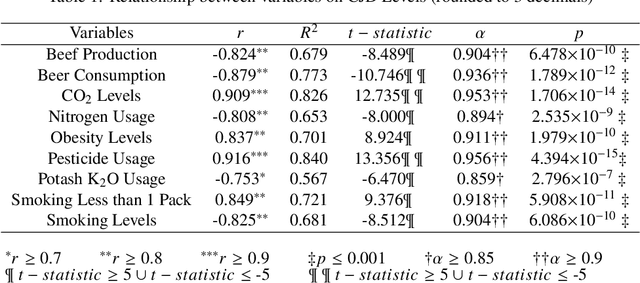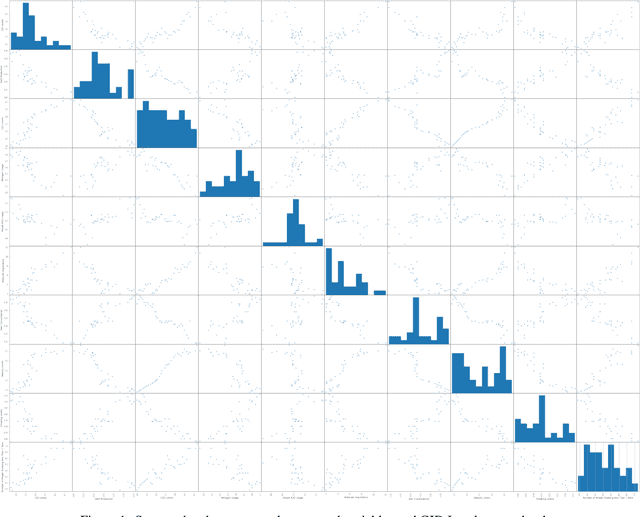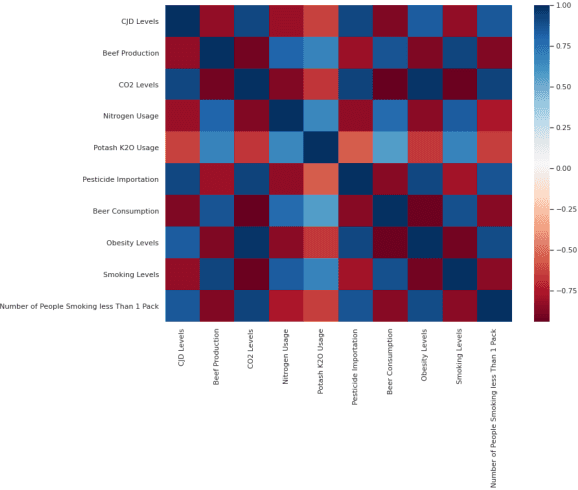Carolyn Byrne
Creutzfeldt-Jakob Disease Prediction Using Machine Learning Techniques
Aug 11, 2021



Abstract:Creutzfeldt-Jakob disease (CJD) is a rapidly progressive and fatal neurodegenerative disease, that causes approximately 350 deaths in the United States every year. In specific, it is a prion disease that is caused by a misfolded prion protein, termed $PrP^{Sc}$, which is the infectious form of the prion protein $PrP^{C}$. Rather than being recycled by the body, the $PrP^{Sc}$ aggregates in the brain as plaques, leading to neurodegeneration of surrounding cells and the spongiform characteristics of the pathology. However, there has been very little research done into factors that can affect one's chances of acquiring $PrP^{Sc}$. In this paper, Elastic Net Regression, Long Short-Term Memory Recurrent Neural Network Architectures, and Random Forest have been used to predict Creutzfeldt-Jakob Disease Levels in the United States. New variables were created as data for the models to use on the basis of common factors that are known to affect CJD, such as soil, food, and water quality. Based on the root mean square error (RMSE), mean bias error (MBE), and mean absolute error (MAE) values, the study reveals the high impact of unhealthy lifestyle choices, CO$_{2}$ Levels, Pesticide Usage, and Potash K$_{2}$O Usage on CJD Levels. In doing so, the study highlights new avenues of research for CJD prevention and detection, as well as potential causes.
 Add to Chrome
Add to Chrome Add to Firefox
Add to Firefox Add to Edge
Add to Edge